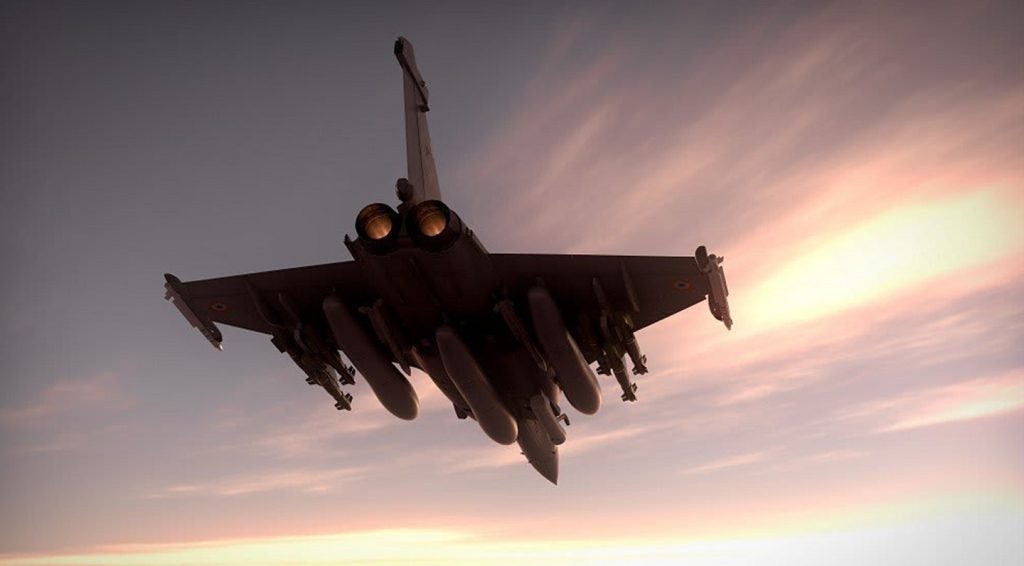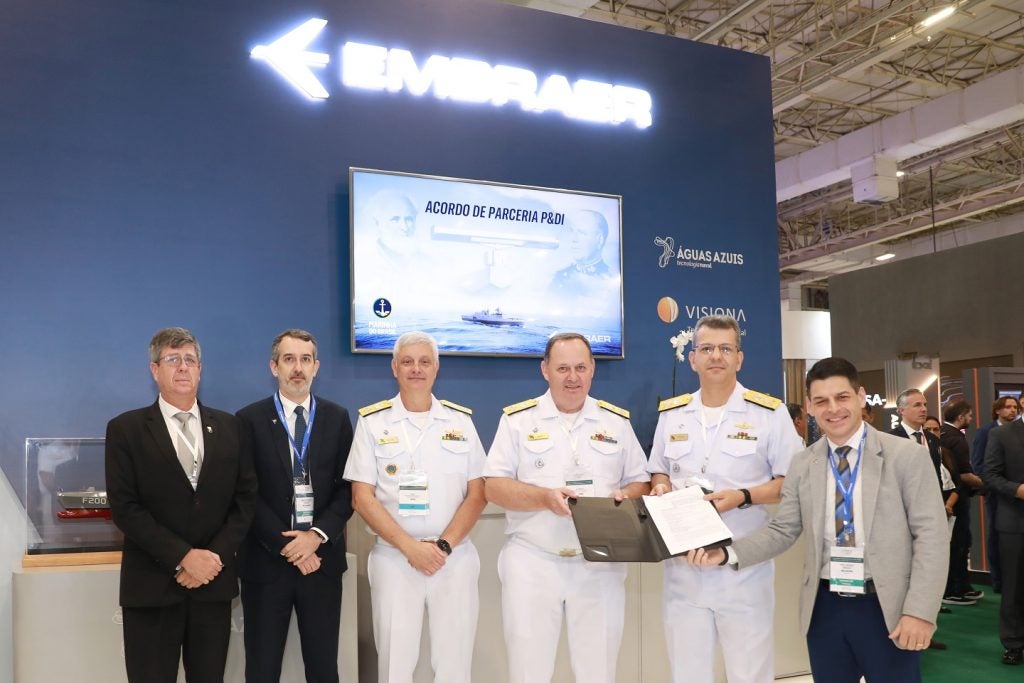The European Commission and the 27 European Union (EU) nations have begun the planning process that will allow them to collectively strengthen maritime security through increased surveillance of Europe’s maritime domain.
Concrete steps are being considered to cement the process, which began in October with the launch of Towards the integration of maritime surveillance: A common information sharing environment for the EU maritime domain.
Specifics of the consensus, which seeks to connect national and regional maritime players and incompatible military and civil databases, include reaching decisions how to tackle sea-based threats facing the EU such as terrorism, piracy, illegal immigration, smuggling and polluters.
The commission’s plan is designed to produce a common operational picture available to all naval and civil maritime user groups across the EU.
How well do you really know your competitors?
Access the most comprehensive Company Profiles on the market, powered by GlobalData. Save hours of research. Gain competitive edge.

Thank you!
Your download email will arrive shortly
Not ready to buy yet? Download a free sample
We are confident about the unique quality of our Company Profiles. However, we want you to make the most beneficial decision for your business, so we offer a free sample that you can download by submitting the below form
By GlobalDataAccording to the document, the EU will place a high priority on a two-directional exchange of information between civilian authorities and defence forces.
See Also:
However, the majority of data collection and analysis will come from Naval forces (who are already linked through NATO), through high-resolution satellite imagery, air patrolling, unmanned Intelligence, Surveillance, Target Acquisition, and Reconnaissance platforms and other intelligence sources.
The policy document sets out two major plans of attack. The first is for the 27 EU nations to define which users in their territory will have access to the EU’s future integrated maritime operational picture, an effort which could take 12 to 18 months to complete.
The second task is for the European Commission to produce a common information sharing environment with national governments, including a shared non-hierarchical technical framework and separate monitoring and surveillance.





